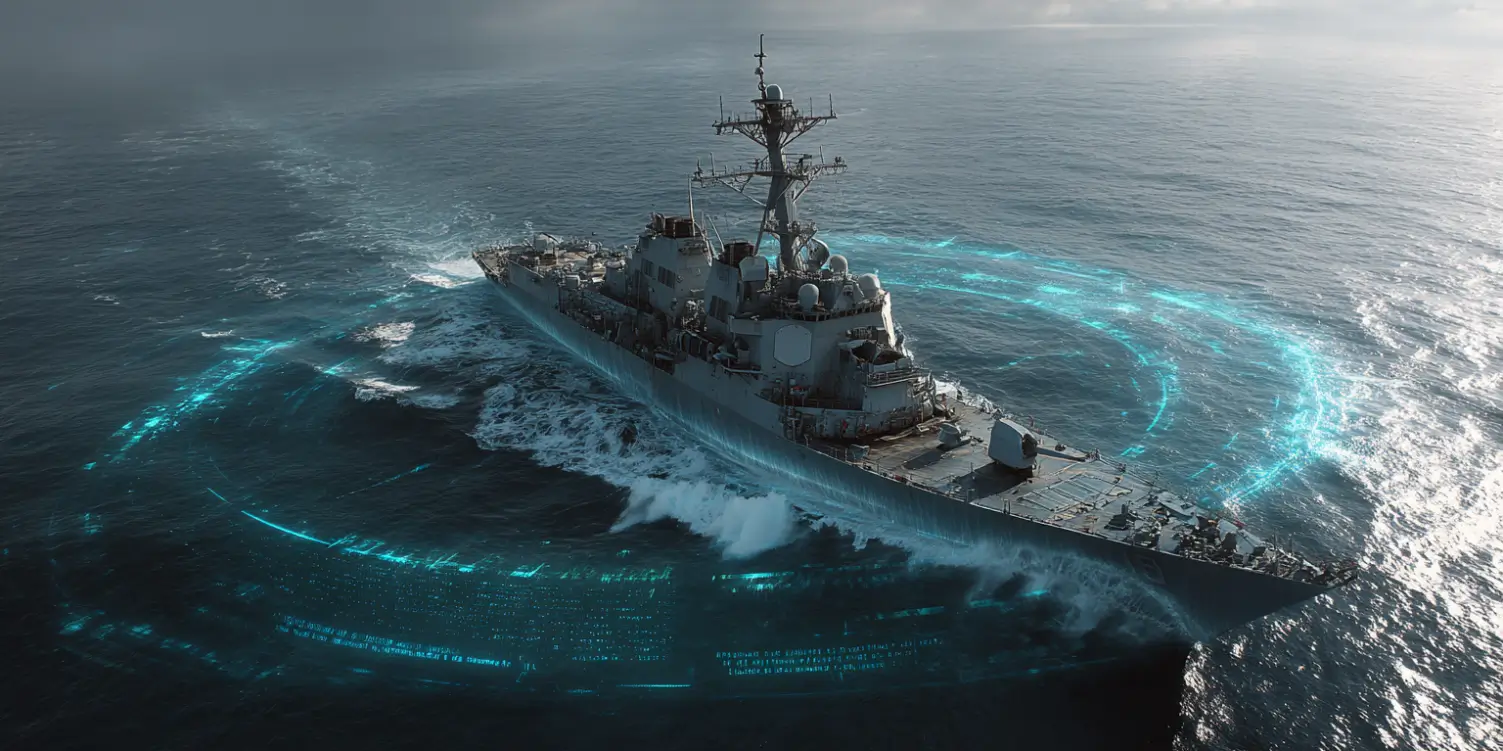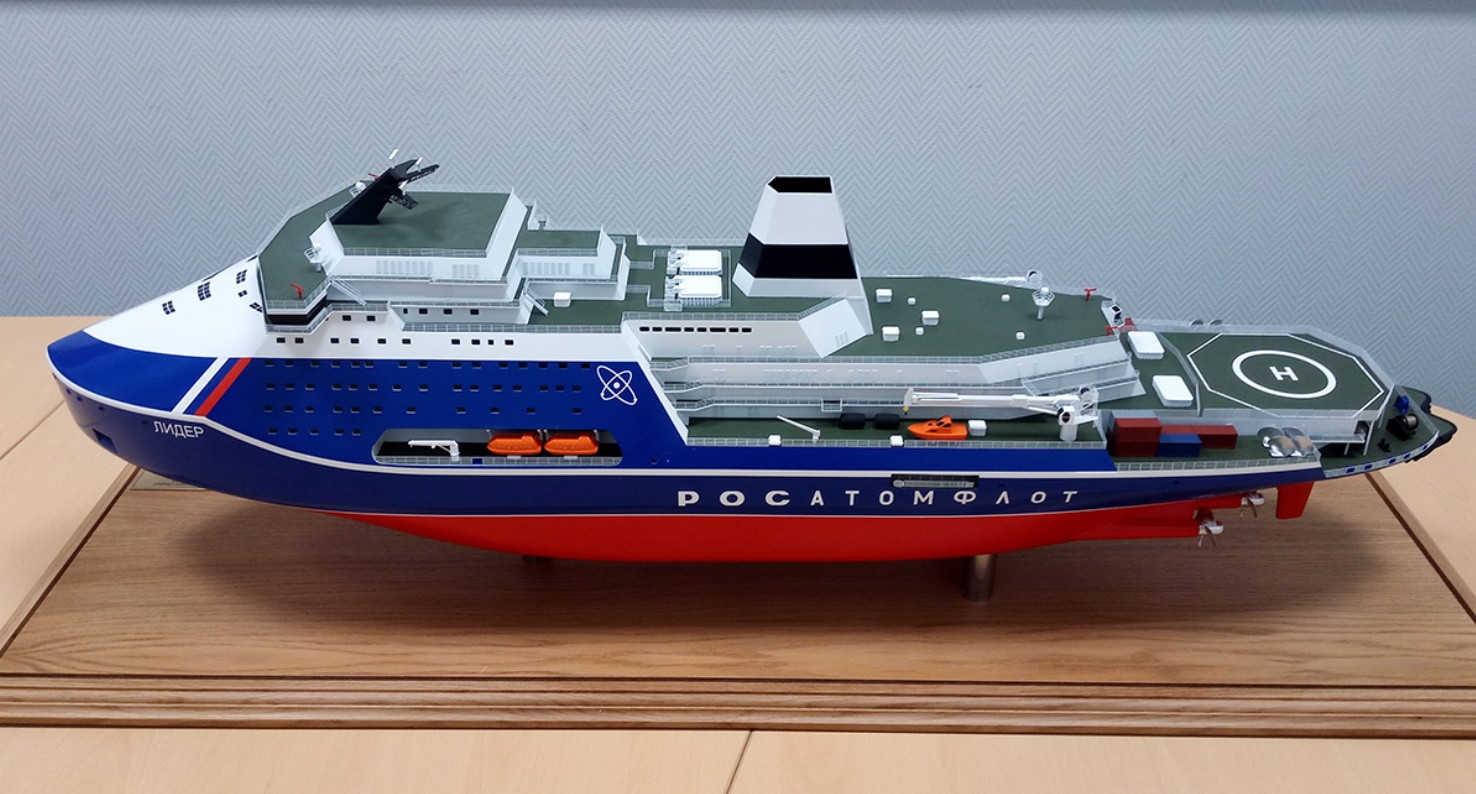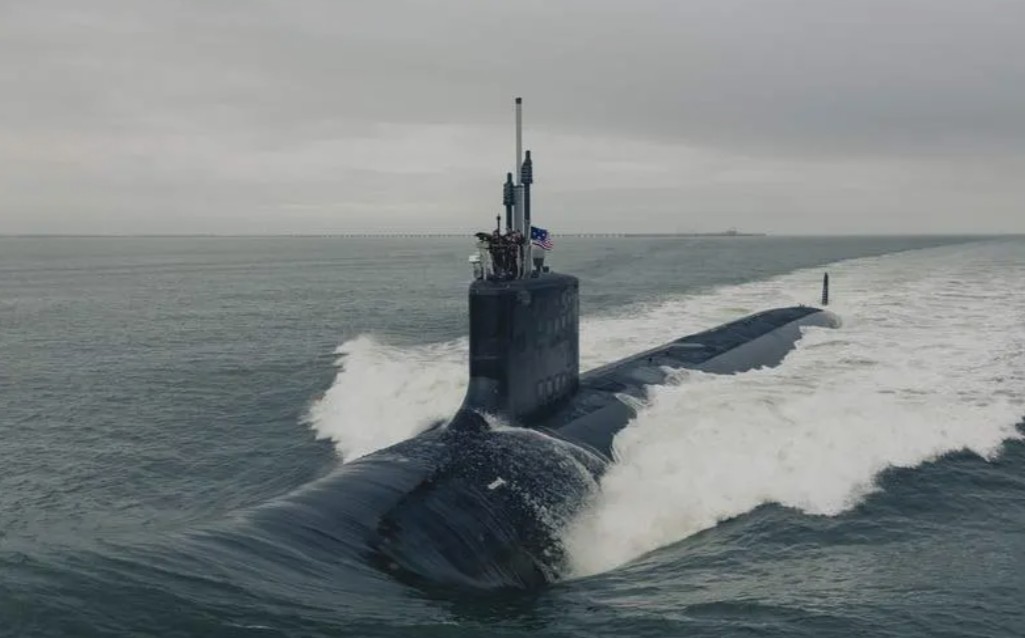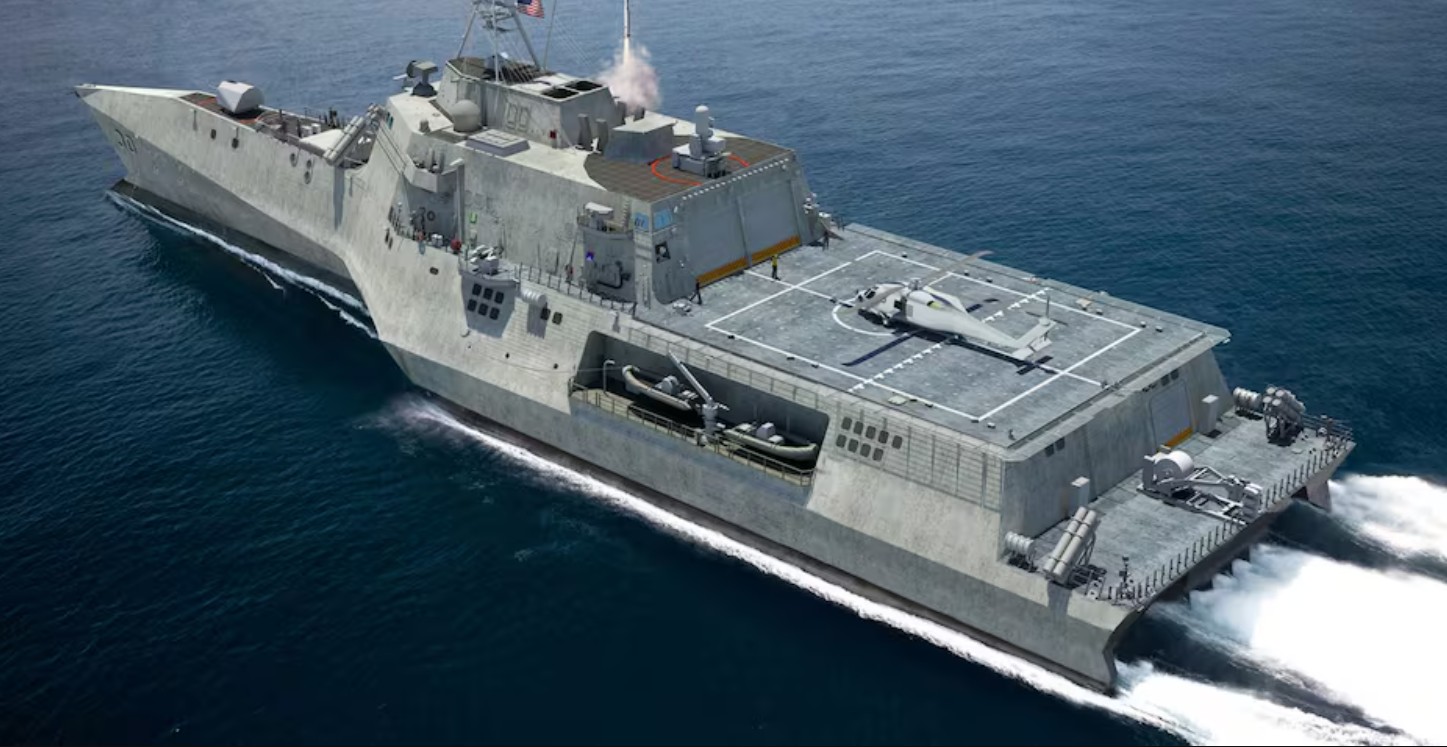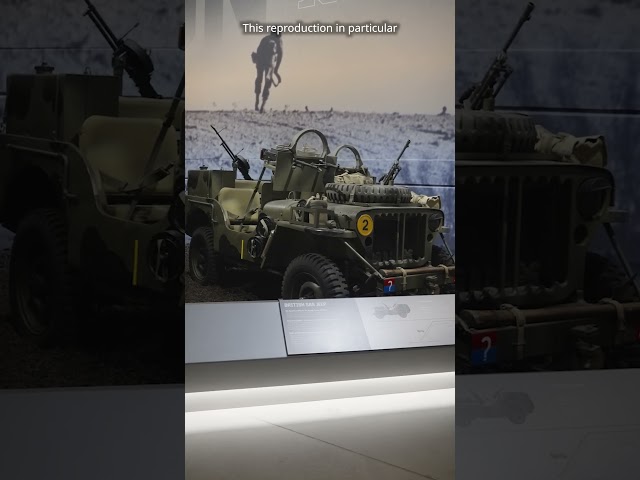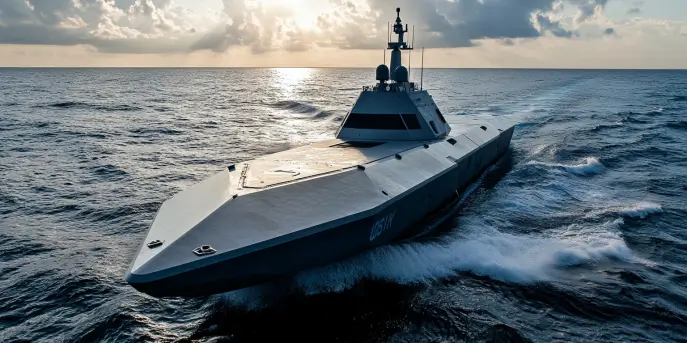The Genesis of the Ford-Class Aircraft Carrier
The Ford-class aircraft carrier represents a crucial evolution in naval technology, incorporating the latest advancements to enhance combat readiness and operational flexibility. Named after former U.S. President Gerald R. Ford, this class of aircraft carriers has been developed to succeed the Nimitz-class carriers, which have been the backbone of the United States Navy since the 1970s. The primary motivation behind the Ford-class is to integrate state-of-the-art technology while addressing the limitations and operational challenges faced by its predecessors.
Design and Technological Enhancements
One of the cornerstones of the Ford-class design is its emphasis on incorporating advanced technology to improve operational efficiency and reduce maintenance costs. Key technological enhancements include:
- Electromagnetic Aircraft Launch System (EMALS): Replacing the older steam catapult systems, EMALS allows for more efficient and less stressful launches of various aircraft, improving sortie rates and reducing aircraft wear.
- Advanced Arresting Gear (AAG): This system provides safer and more controlled deceleration of landing aircraft, accommodating a wider range of aircraft weights and increasing overall carrier flexibility.
- Increased Electrical Power: Driven by new nuclear reactors, the Ford-class carriers generate significantly more electrical power, accommodating future energy-intensive weapons and systems.
- Reduced Crew Requirements: Automation and improved design reduce manpower needs, cutting down on operational costs and allowing for a more efficient deployment of personnel.
Structural and Functional Innovations
The Ford-class is not merely a technological upgrade but also a substantial structural redesign. The carrier’s layout has been optimized for increased efficiency and operational capability. Significant changes include:
- Redesigned Flight Deck: The flight deck is more spacious and features improved weapon and supply movement systems, enabling faster aircraft turnaround and deployment.
- Dual Band Radar: Integrating X-band and S-band radar systems, the dual band radar provides multifaceted target acquisition, situational awareness, and missile guidance capabilities.
- Island Relocation: A repositioned island structure offers better visibility and increases the efficiency of flight operations on deck.
Specifications at a Glance
| Feature | Specification |
|---|---|
| Length | 1,106 feet (337 meters) |
| Beam | 134 feet (41 meters) |
| Displacement | About 100,000 tons |
| Top Speed | 30+ knots |
| Aircraft Capacity | 75+ aircraft |
| Crew | Approximately 4,660 (including air wing) |
| Propulsion | 2 × A1B nuclear reactors |
Strategic Implications and Global Impact
The Ford-class aircraft carrier signifies a strategic milestone for the United States Navy, reinforcing its commitment to maintaining maritime superiority. These carriers enhance the U.S. ability to project power globally, underscoring a robust presence in international waters critical to global security. The introduction of Ford-class carriers has prompted other nations to evaluate and potentially upgrade their naval capabilities, stoking advancements and rivalries in naval technologies worldwide.
Challenges and Criticisms
Despite its groundbreaking features, the Ford-class program has not been without controversy. The development and construction phases have faced several challenges, including delays and cost overruns, with initial operational issues casting doubt on certain technological implementations like EMALS and AAG. Critics argue that the technological risks and maintainability might not justify the high investment costs. Yet, proponents believe these hurdles are temporary and anticipatory of the benefits these carriers will render in long-term operational scenarios.
In conclusion, the Ford-class aircraft carrier is a testament to naval innovation, aiming to address contemporary threats and future warfare scenarios. It stands as a strategic asset not only for the U.S. Navy but also for global maritime stability.

